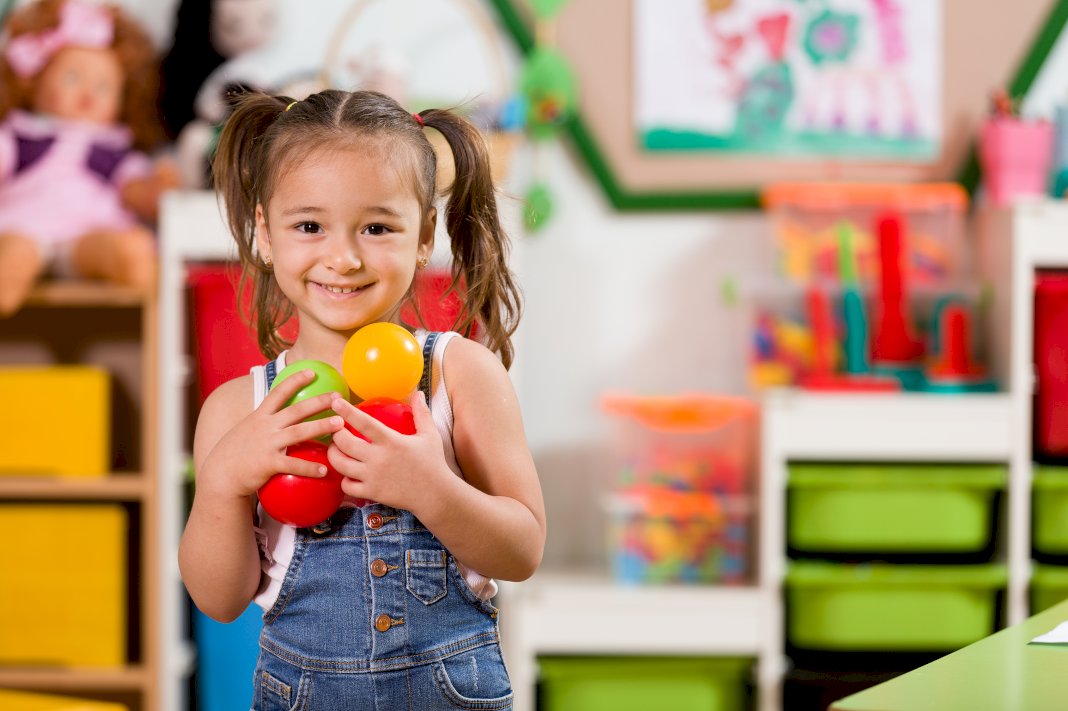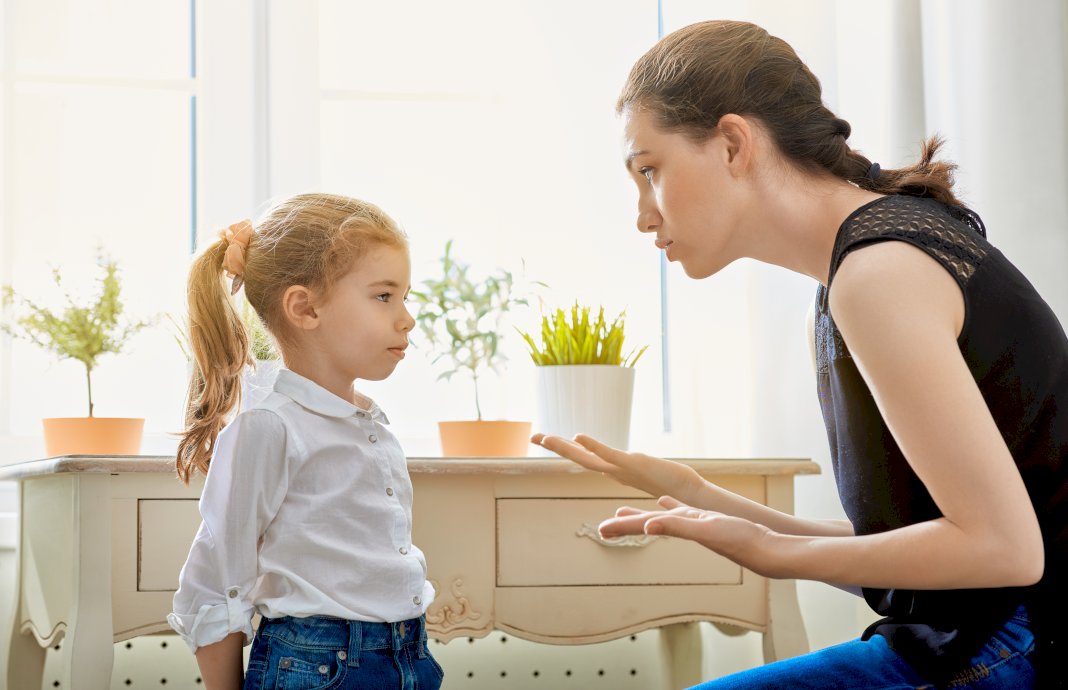5 Tips to Ensure You Raise a Happy Child as a New Mother

- Raising a happy child requires love, security, and open communication.
- Consistency in routines and responses helps establish a stable environment for children.
- Encourage independence by allowing children to make choices and engage in unstructured playtime.
- Setting boundaries with kindness and consistency is important for discipline.
- Embrace and commemorate every milestone your child achieves, whether big or small.
Embarking on the journey of motherhood brings with it a rainbow of emotions and a commitment to the well-being of your new child. Your heart swells with love and the desire to see your child grow up happy and healthy. Yet, with the plethora of parenting advice, it can be daunting to sift through what works best. Remember, while there’s no perfect formula for raising a happy child, there are foundational pillars that can guide you. Here are five tips that can pave the way for your child’s happiness and build an enduring bond between you.
1. Provide a Foundation of Love and Security
The cornerstone of a happy child is the love and security they feel at home. From the moment your baby is born, they rely on you not only for their physical needs but also for emotional comfort. Show your love through daily interactions – a gentle hug, a warm smile, or a soothing lullaby can work wonders for your child’s sense of security.
Consistency is key. Ensure your home is a stable environment where routines are predictable and reliable. Regular meal times, bedtime rituals, and consistent responses to their needs help your child understand the world is a safe place. This sense of order does not stifle spontaneity; it provides a backdrop against which creativity and happiness can flourish.
2. Cultivate Open Communication
As your child grows, so will their ability to communicate. When your child starts to speak, listen attentively to their stories and questions, validating their feelings and experiences.
Here are tips to cultivate open communication in children:
Reflective Listening
Reflective listening is a communication strategy that involves mirroring your child’s feelings and repeating what they’ve said to ensure understanding. It shows that you’re actively paying attention and encourages your child to communicate more openly.
Non-Judgmental Responses
When your child shares their experiences and emotions, respond non-judgmentally. Demonstrate acceptance and understanding, even if you don’t agree with them. This will make them feel safe to express their authentic self.
Encourage Expression through Play

Playtime is a perfect opportunity to foster communication. Encourage your child to express their emotions and ideas through play. This could be through role-playing games, art projects, or storytelling. Play can be a natural way for children to communicate their thoughts, feelings, and experiences.
Regular Family Time
Regular family time can foster open communication. Having meals together, walking, or having a dedicated family game night encourages casual conversation. This builds a comfortable environment where your child can speak freely about their day, their thoughts and their concerns.
3. Encourage Independence and Play
Fostering independence is a vital step in raising a happy child. Allow your child to explore, make choices, and take reasonable risks. This could mean letting them choose their outfit for the day or deciding which fruit they’d like for a snack. These small decisions reinforce their sense of self and their ability to influence their world.
Play is the language of children, and through it, they learn and grow. Ensure plenty of unstructured playtime in your child’s day – essential for their creative and cognitive development. Whether stacking blocks or running around the park, play allows children to express their emotions, develop social skills, and simply enjoy the magic of childhood.
4. Set Boundaries with Kindness and Consistency

Discipline is not about punishment but guidance. Setting clear boundaries with kindness and consistency teaches your child how to behave in society and with others. It instills a sense of discipline coupled with respect rather than fear. When setting rules, explain their reasons, and be patient as your child learns to follow them.
Consistent boundaries give children a sense of security and help them to understand expectations. While it’s important to be firm, it’s equally important to be fair. Recognize that mistakes are a part of learning and use them as opportunities to teach rather than just to reprimand.
5. Celebrate Life’s Moments
Celebrate the big and small milestones in your child’s life. It could be a word well pronounced, a puzzle completed, or a birthday. Speaking of birthdays, a memorable way to celebrate your child’s special day is by hosting a gathering that’s not just a party but an exhilarating experience – like a trampoline-themed celebration where the joy of jumping can lift everyone’s spirits.
A fun jump birthday party provides laughter, physical activity, and a chance for your child to bond with friends and family. A trampoline birthday party will keep the kids entertained, active, and happy – regardless of the weather. It’s a fantastic way to bring everyone together for an exciting celebration.
Final Words
Raising a happy child involves love, patience, and learning. It’s about providing a secure base where your child can explore the world, communicate their uniqueness, and feel confident in their abilities. It’s about teaching them to navigate life’s boundaries and celebrating their existence.
Remember, there’s no singular way to ensure happiness, but through your nurturing, presence, and the joyous moments you create – like the sheer delight of a trampoline birthday bash – you’ll have set the stage for a happy childhood. Embrace this adventure with all its ups and downs, for it’s in these experiences that the art of happiness is painted.